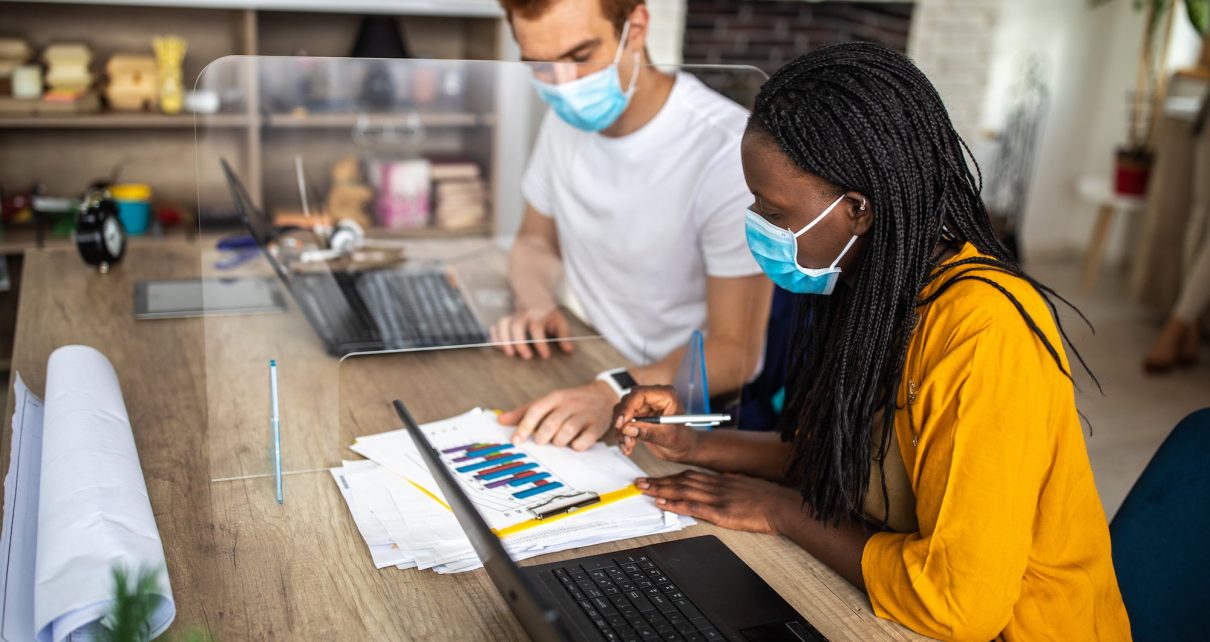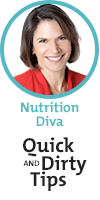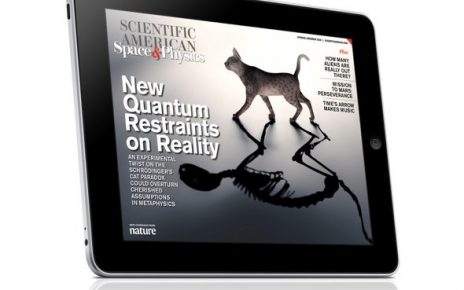The items below are highlights from the free newsletter, “Smart, useful, science stuff about COVID-19.” To receive newsletter issues daily in your inbox, sign up here. Please consider a monthly contribution to support this newsletter.
Dr. James Hamblin, a preventive medicine physician and a staff writer at The Atlantic, has written an essay that explores the concept of herd immunity, that is, the percentage of people needed to achieve immunity to prevent big spikes in a disease. For the current coronavirus, “some mathematicians believe that [the herd immunity level]’s much lower than initially imagined,” (that estimate was between 40 and 70 percent of the world’s population, per a Harvard University epidemiologist in February), Hamblin writes. The essay describes some models of SARS-CoV-2’s spread that make refined assumptions, such as a diminishing susceptibility of people who remain uninfected over time, and put herd immunity as low as 20 percent. But “the magic number that we’re describing as herd-immunity threshold very much depends on how individuals behave,” says an infectious diseases researcher at Georgetown University who is quoted in the piece. Hamblin concludes that “we have the wealth in this country [the U.S.] to care for people and set the herd-immunity threshold where we choose” (7/13/20).
Dr. Ali Nouri, a molecular biologist who is president of the Federation of American Scientists, shared on Twitter on 7/16/20 a downloadable sketch by illustrator Jessica Esch depicting the main points of a 6/1/20 conversation between University of San Diego atmospheric chemist Kimberly Prather and CBS News chief medical correspondent Jonathan LaPook. The two discuss how aerosols, small droplets that float in the air and persist for hours in under-ventilated indoor spaces, can transmit SARS-CoV-2. The sketch includes such public-health and science messages as: “it is so much safer outside”; “6 feet is not enough inside”; “if people don’t wear masks, we will have to stay in lockdown”; and “there is no scenario where you are 100% protected, aside from never being around people.” A second tweet in Nouri’s thread features a video of the conversation.
The New York Times continues to update its vaccine tracker, and it is now available in English and in Spanish. As of 7/3/20, this page reported that three vaccine candidates were in phase 3 (large-sample-size human studies of effectiveness). As of 7/16/20, that figure is now four (made by the British-Swedish company AstraZeneca and the University of Oxford — this vaccine candidate is in combined phase 2/phase 3; Chinese government-owned Sinopharm; private Chinese company Sinovac Biotech; and Murdoch Children’s Research Institute, in Australia. The one vaccine counted in the “approval” stage at the top of the page is described as having “limited approval” lower down the page. It’s CanSino Biologics’ vaccine candidate, which is in phase 2 (smaller-sample studies of effectiveness) but the military in China approved it on 6/25/20 “for a year as a ‘specially needed drug.’ By Jonathan Corum, Dense Grady, Sui-Lee Wee, and Carl Zimmer.
The New York Times also now has a coronavirus treatment tracker, in English and in Spanish, which appears to be updated frequently. The five treatments for which it ranks evidence as strong include: remdesivir, dexamethasone, prone positioning, ventilators and other respiratory support devices, and enoxaparin and other anticoagulants. By Jonathan Corum, Katherine J. Wu, and Carl Zimmer.
The risk for outdoor airborne transmission of SARS-CoV-2 is lower than the risk for such transmission in crowded, under-ventilated indoor spaces, but the risk is not zero, reports Robert Roy Britt at Medium’s Elemental (7/13/20). The story details some of the variables to consider for outdoor transmission. With any airborne transmission, the duration of the exposure matters. As a Scripps Institution of Oceanography atmospheric chemist is quoted as saying in the story, “It’s not about one inhalation. It’s about sitting there and breathing it over time.” The piece ends with anecdotes and quotes from two epidemiologists about the extent of their tolerance for airborne transmission outdoors.
Lawrence Wright at The New Yorker (7/13/20) has written an essay about his recent interviews and email exchanges with Gianna Pomata, a retired medical historian at Johns Hopkins University. The dialogue explores Pomata’s reflections on societal changes that might fall out from the current coronavirus pandemic, which are informed by her expertise on the plague and changes that followed the bubonic plague in 14th-century Europe. Here’s a preview: “What happens after the Black Death, it’s like a wind — fresh air coming in, the fresh air of common sense,” Pomata is quoted as saying in the piece. She predicts dramatic economic and cultural changes, but “not so much in medicine,” at one point in the essay. But the forecasts grow more complex as the essay develops.
You might enjoy this essay, “Welcome to Public School Airlines,” by Sarah Wheeler, for McSweeney’s (7/16/20).



